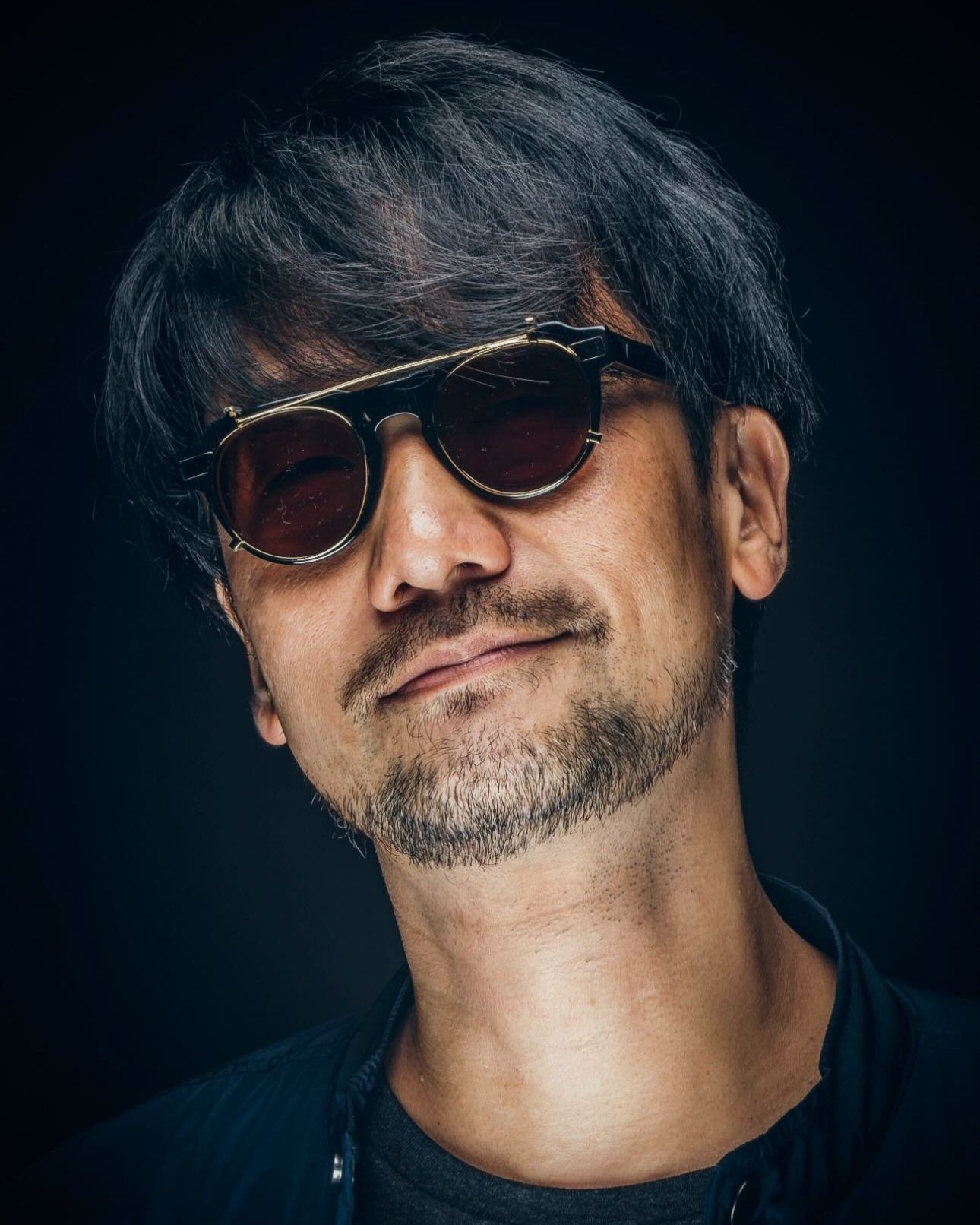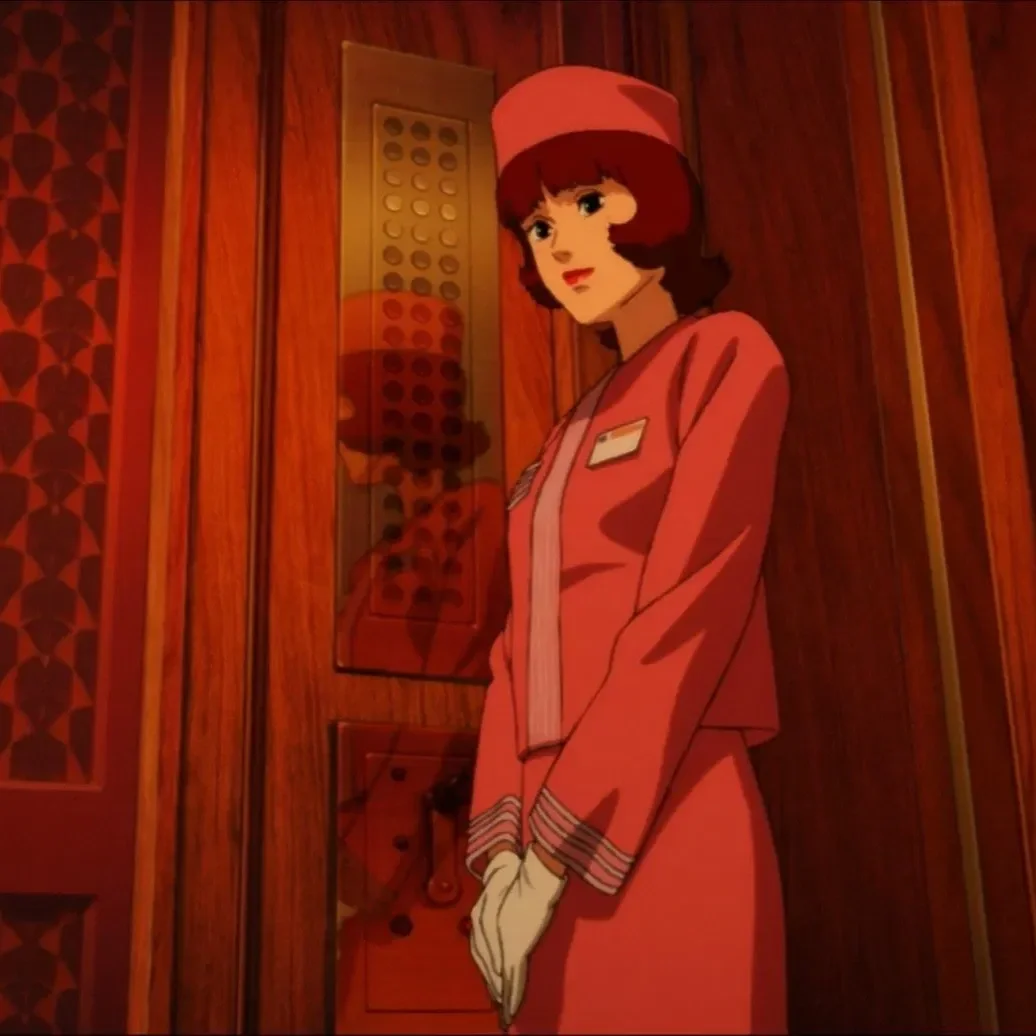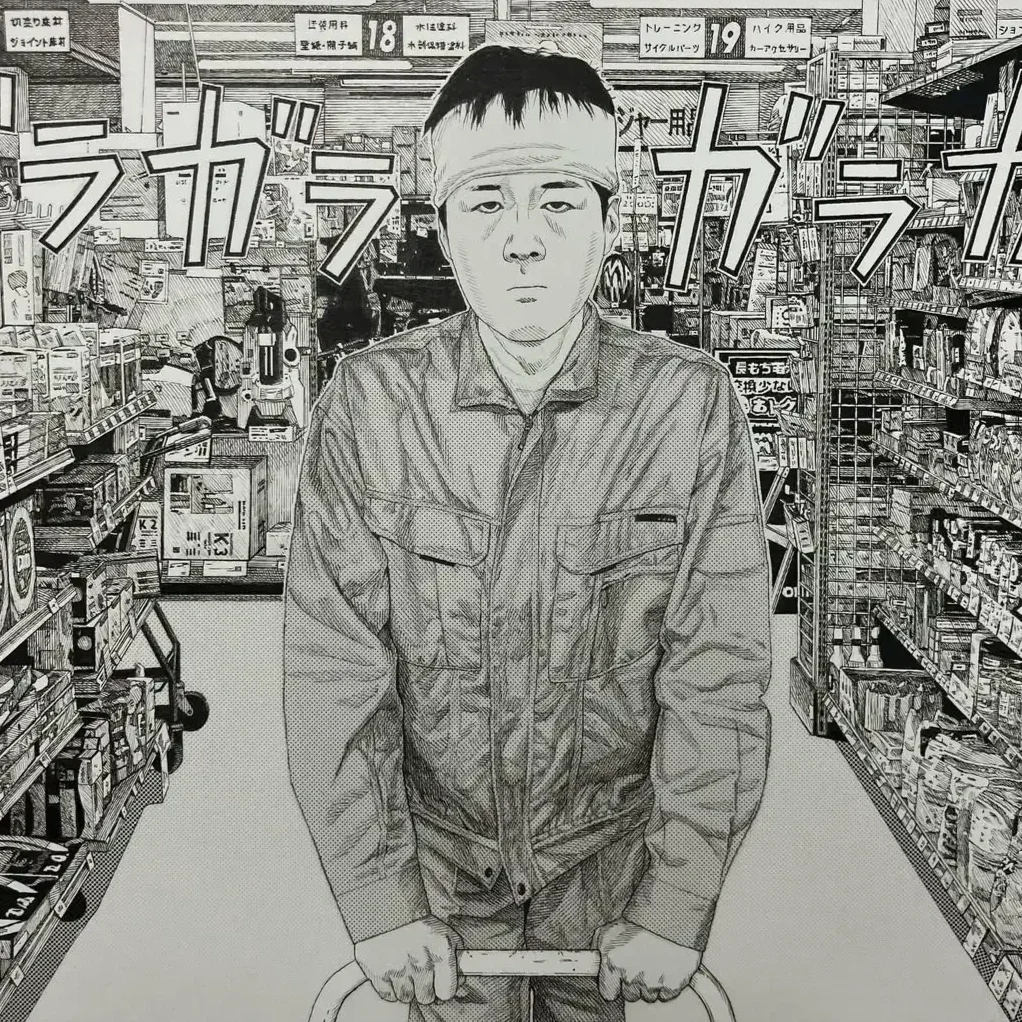Hideo Kojima - Japan's Maestro of Game Design
Hideo Kojima, a name that resonates deeply within the gaming industry, is celebrated for his pioneering games and unparalleled storytelling. Kojima’s unique vision has set him apart since day one, allowing him to escape the constraints of the corporate game industry, shaping the future of modern game design in the process. This article takes a deep dive into the life and career of Kojima, exploring his early influences, significant milestones as well as setbacks on his way to his current status as global master of game design.
In this article
Early Life
The Road to Game Design
Rise to Stardom with Metal Gear
Diversifying Portfolio and Experimentation
Clash with the Corporate Game Industry
The Creation of Death Stranding
Pioneering the Game Industry
Double Edged Sword
Future Projects
Early Life
Born on August 24, 1963, in Setagaya, Tokyo, Hideo Kojima was the youngest of three children in a somewhat affluent family. His early years were marked by frequent relocations due to his father’s job, eventually settling in the Kansai region. Kojima’s parents, particularly his father, were avid film enthusiasts, a passion they shared with young Hideo. His family had a nightly ritual of watching movies, regardless of their suitability for children, which deeply ingrained a love for storytelling and cinema in Kojima.
Kojima’s father played a significant role in his early life, encouraging his son’s interests in both films and model building. Unfortunately, tragedy struck when Kojima was just 13 years old, as his father succumbed to illness. This loss profoundly impacted him, instilling a sense of solitude and an understanding of life’s fragility. These themes would later permeate his work, contributing to the emotional depth of his games.
A young Hideo Kojima
The Road to Game Design
University and Early Career Aspirations
Despite his creative aspirations, financial constraints and societal expectations led Kojima to pursue a degree in economics at university. However, his passion for storytelling never faded. During his college years in the 1980s, Kojima became fascinated by the flourishing video game industry, particularly titles like Super Mario Bros. and Portopia Serial Murder Case. He saw video games as a new medium to tell interactive stories, comparable to making interactive movies.
Joining Konami
Encouraged by his mother to follow his dreams despite societal pressures, Kojima joined Konami in 1986, a decision influenced by Konami’s status as the only game company listed on the Japanese stock exchange at the time. Initially assigned to the MSX team, Kojima faced skepticism from his colleagues due to his lack of technical skills and unconventional ideas. His breakthrough came with Metal Gear in 1987, where he introduced the revolutionary concept of stealth gameplay, transforming the technical limitations of the MSX2 into a feature rather than a hindrance.
Kojima holding a Powerbook
Rise to Stardom with Metal Gear
The success of Metal Gear laid the foundation for what would become one of the most iconic franchises in gaming history. Kojima’s vision of blending gameplay with cinematic storytelling reached new heights with the release of Metal Gear Solid for the PlayStation in 1998. The game was a critical and commercial success, praised for its narrative depth, complex characters, and innovative mechanics. It established Kojima as an international star in the gaming community and solidified his reputation as a visionary.
Kojima’s relentless pursuit of perfection and his desire to push the boundaries of what video games could achieve led to the development of Metal Gear Solid 2: Sons of Liberty. Released in 2001, the game was notable for its advanced graphics, intricate plot, and exploration of themes such as information control and reality manipulation—concepts that were ahead of their time.
He treated his games as interactive movies, crafting every aspect to ensure a cinematic experience. This was evident in Metal Gear Solid 3: Snake Eater, released in 2004, which drew inspiration from Cold War espionage films and the James Bond franchise. The game was a commercial and critical success, often hailed as one of the greatest games of all time.
Metal Gear Solid 3: Snake Eater
Despite his initial desire to conclude the series with Snake Eater, fan demand and personal ambition led Kojima to direct Metal Gear Solid 4: Guns of the Patriots. Released in 2008, the game featured groundbreaking graphics, extensive cutscenes, and a deeply emotional narrative, setting a new standard for cinematic storytelling in video games.
The Metal Gear series, particularly Metal Gear Solid, has left an incredible mark on the gaming industry. Kojima’s innovative use of stealth mechanics, cinematic storytelling, and complex character development set new standards for game design. The series’ influence can be seen in numerous titles that followed, inspiring a generation of game developers to experiment with narrative-driven gameplay.
Diversifying Portfolio and Experimentation
After the success of Metal Gear, Kojima sought to diversify his portfolio. In 1988, he developed Snatcher, a cyberpunk adventure game heavily inspired by films like Blade Runner. Despite its limited initial success, Snatcher became a cult classic, praised for its deep narrative and atmospheric world. Kojima continued this trend with Policenauts in 1994, exploring themes of space travel and human biology, further showcasing his knack for integrating complex storytelling with gameplay.
Kojima’s versatility was evident as he ventured into new genres. In 2001, he released Zone of the Enders, a mecha-based action game that garnered a dedicated following. Simultaneously, he explored the action RPG genre with Boktai: The Sun Is in Your Hand, an innovative game that incorporated real-world sunlight into its gameplay mechanics.
Snatcher
Clash with the Corporate Game Industry
Tensions with Konami
Throughout his career, Kojima faced numerous challenges, particularly with corporate management at Konami. Despite the success of his games, Kojima’s creative vision often clashed with the company’s profit-driven approach. This tension culminated in a high-profile fallout during the development of Metal Gear Solid V: The Phantom Pain. The game, despite its critical acclaim and commercial success, was marred by reports of cut content and rushed production due to Konami’s internal pressures.
Kojima’s relationship with Konami became increasingly strained over time. The company’s shift towards mobile gaming and profit-driven strategies clashed even further with Kojima’s creative aspirations. This conflict ultimately led to Kojima’s departure from Konami in 2015. Kojima’s departure from Konami was filled with controversy. The fallout highlighted the tensions between creative freedom and corporate interests, a struggle that many developers face in the industry.
The Birth of Kojima Productions
Undeterred by his departure from Konami, Kojima re-established Kojima Productions as an independent studio in 2015. Free from corporate constraints, he Partnered with Sony Entertainment, where he was granted the creative freedom he had long sought. This partnership paved the way for the development of Death Stranding, a game that would reflect Kojima’s personal experiences and philosophies.
The Creation of Death Stranding
Death Stranding, starring Norman Reedus, Léa Seydoux, Mads Mikkelsen, and featuring collaborations with Guillermo del Toro and other Hollywood talents, was Kojima’s first project as an independent developer. The game was Kojima’s response to the divisive and fragmented nature of contemporary society. He envisioned a game that would emphasize the importance of building connections in a disconnected world. This theme of “stranding” inspired not only the title but also the core gameplay mechanics, where players are tasked with reconnecting a fractured America by delivering supplies and establishing communication networks.
Upon its release in November 2019, Death Stranding received a mix of praise and criticism. The game’s innovative mechanics, stunning visuals, and intricate storyline were praised by many, while others found its slow-paced gameplay polarizing. Despite this, Death Stranding was a commercial success, selling over five million copies by July 2021.
The game’s impact extended beyond sales figures. It sparked conversations about the future of interactive storytelling and the potential for video games to address complex social issues. Despite the polarized opinions, the game reinforced Kojima’s reputation as a visionary willing to take risks and push the boundaries of the medium.
Death Stranding│© Kojima Productions
Pioneering the Game Industry
Hideo Kojima’s influence on game development is profound and enduring. His willingness to experiment with new ideas, challenge conventions, and integrate deep narrative themes into his games has inspired countless developers. Kojima’s legacy is not just in the games he has created but in the way he has shaped the industry’s approach to storytelling and design.
Kojima’s games are renowned for their cinematic quality, seamlessly blending cutscenes and gameplay to create a cohesive narrative experience. This approach has been emulated by many developers, leading to the rise of narrative-driven games that prioritize storytelling alongside gameplay mechanics. Titles such as The Last of Us, Uncharted, and Red Dead Redemption owe a debt to Kojima’s pioneering work in this area.
Kojima has always been a proponent of blurring the lines between different forms of media. In recent years, he has expressed interest in exploring virtual reality (VR) and augmented reality (AR) as potential platforms for storytelling. His fascination with these emerging technologies suggests that future projects may push the boundaries of interactive entertainment even further.
Norman Reedus & Hideo Kojima│© Kojima Productions
Double Edged Sword
While Kojima’s innovative approach has garnered critical acclaim, it has also presented challenges.
His games are often complex and demanding, both in terms of gameplay and narrative comprehension leaving you with games that can be esoteric and complex in nature. This complexity can be intimidating for casual gamers or those new to his work, potentially limiting his audience.
For example, Death Stranding was praised for its originality and artistic vision but also criticized for its slow-paced gameplay and abstract narrative. The game’s mechanics, which involved delivering supplies across a desolate landscape while managing various physical and environmental challenges, were unlike anything seen before. While some players appreciated the game’s meditative and reflective nature, others found it tedious and difficult to engage with.
Kojima’s commitment to intricate storytelling can also be a double-edged sword. The deep, multi-layered narratives of his games require significant investment from players to fully appreciate. This can be a barrier for those who prefer more straightforward, action-driven games. Additionally, Kojima’s penchant for long cutscenes and extensive dialogue can disrupt the flow of gameplay for some, making it harder for them to stay immersed in the game world.
Future Projects
Building on the success of Death Stranding, Kojima Productions is working on its sequel, titled Death Stranding 2. While details about the project remain scarce, Kojima has hinted at expanding the game’s universe and exploring new themes. The anticipation surrounding the sequel highlights the enduring interest in Kojima’s unique approach to game design.
In addition to Death Stranding 2, Kojima Productions is rumored to be working on several unannounced projects, potentially involving collaborations with other media forms such as film and television, building on his everlasting desire to expand his creative vision beyond traditional gaming platforms.
Hideo Kojima’s path to becoming a master of game design is a story of passion, innovation, and resilience. From his early influences and formative years to his groundbreaking work at Konami and the establishment of his independent studio, Kojima has consistently pushed the boundaries of what video games can achieve. His influence on the industry is profound, shaping modern game design and inspiring a new generation of developers. As he continues to explore new creative frontiers, the gaming world eagerly anticipates the next chapter in the extraordinary saga of Hideo Kojima.
Death Stranding 2│© Kojima Productions
















Discover Hideo Kojima’s iconic games that revolutionized storytelling and gameplay.